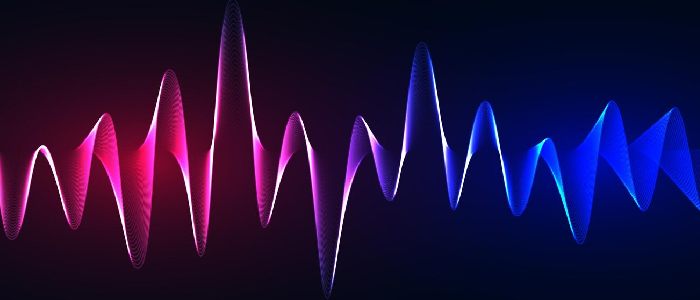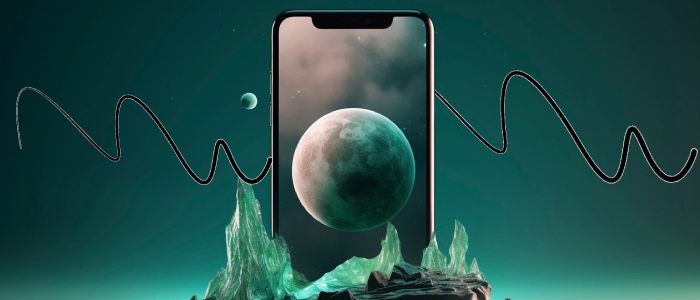Stars and galaxies are often millions of light years away from the Earth. As such, confirming their existence or distances is easier said than done. Luckily, astronomers have found ways to simplify this task by relying on proven approaches that can approximate these distances, thereby advancing studies in this field. One such approach is the Doppler effect, named after Christian Johann Doppler, the physicist who first introduced it in 1842.

What Is the Doppler Effect
This approach relies on changes in the frequencies or wavelengths of waves based on the initial position of the observer who moves relative to the wave source. Given this capability, it can work with different types of waves, from sound to light and other forms. Take the example of a sound wave. With this effect, the observer can tell if an object is getting closer or moving away from them based on the sound frequency. For example, if a car approaches you when honking, the sound waves become more compressed and this results in a high frequency. But if the same car moves away from you, the frequency and pitch of the waves stretch more, which results in a lower frequency and lower pitch.
The same effect is evident in light waves. As an object gets closer to the Earth, its light waves change to shorter wavelengths, resulting in a blue shift. But as the object moves away, the light becomes more stretched, and the wavelength lengthens, thereby resulting in a redshift.
This effect is a very diverse approach and is thus common in a wide range of industries, including medical imaging. But in this case, we will focus on its use in astronomy, where scientists rely on it to gauge the speed and direction of the objects in our universe, most notably the stars and galaxies.
How it Works in Astronomy
Knowing how far objects are is one thing. But to understand how stars and galaxies interact and how this could affect our planet, scientists must dig deeper into factors such as the speed of the moving objects and their course of direction. The Doppler effect answers all these questions by relying on the following:
Radial velocity
Each time scientists look into a new star or galaxy, they pay attention to the changes in the frequency or wavelength of light coming from this source. They can thus gauge the proximity of the object based on the changes in this wavelength as the object moves further or closer to us.
Varying wavelengths
Scientists use the terms blue shift and red shift to refer to the closeness of the object they are studying. The blue shift comes into the picture when the object moves closer to our planet. In this case, the light waves suffer more compression, resulting in shorter wavelengths. But as the object moves away from us, the waves become less compressed, stretching out more and paving the way for the redshift.
Measuring these changes has been instrumental in understanding how the universe works and predicting what the future holds.
Applications in Astronomy
While this approach works in many industries, most of its notable achievements have been in the field of astronomy. Let’s consider why it has garnered so much attention.

- It can measure the speed and direction of moving objects. Scientists no longer have to guess how the stars and galaxies are moving. Instead, they can rely on accurate measurements that can help them note points of concern.
- It helps in exoplanet detection. Now that scientists know that other planets exist, they are using this approach to measure variations in stars’ motions due to gravitational forces by orbiting planets. Already, they have uncovered more than 5,000 such planets, and the list keeps growing.
- It helps in cosmic understanding. Without this approach, we would not have found out that the universe was actively expanding. Moreover, this effect has played a role in understanding some of the key theories in planet formation.
Its research and practical applications increase by the day as scientists find new ways to put it to use.
Challenges with This Approach
It’s no secret that this approach is widely accepted in most industries, from weather reporting to medical imaging to police radars. However, while it might be an innovative way of measuring time, speed, and direction, it also has some key challenges that scientists must consider.
It is highly sensitive
This approach measures even the tiniest changes in stars. As such, a small error can result in the wrong reading, which can affect discoveries. It is important for scientists to use precise equipment and run multiple tests to ensure they can confirm the initial readings. Long-term studies are also essential.
It is subject to noise interference
The universe comprises many objects and is subject to radiation and dust from other activities. These can affect the signals and can result in false readings.
It relies on proper alignment
This process works best when the motion of the object being studied is in the direct line of sight. Where the motion is perpendicular to the observation point, the reading is harder to get as the changes will be minimal.
It requires comprehensive data analysis
Raw data does not offer much insight into the objects being studied. Researchers must run the data through several models and simulations to filter it while accounting for other objects, radiation, and magnetic activity. This process is time-consuming.
Moreover, maintaining the equipment necessary to support these measurements and process the data is time and capital-intensive.
Conclusion
While the Doppler effect may be almost two centuries old, it continues to be one of the most effective ways of understanding our universe as it is. Its remarkable work has paved the way for significant advances in astronomy and other fields. As scientists find ways to address its unique challenges, its practicality will only increase.
